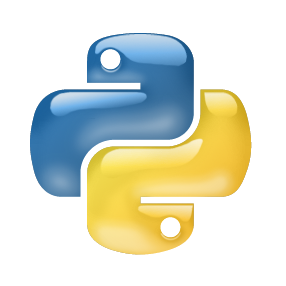Besides humans and machines, Artificial Intelligence (AI) models have emerged to be another important audience of programming languages, as we come to the era of large language models (LLMs). LLMs can now excel at coding competitions and even program like developers to address various tasks, such as math calculation. Yet, the grammar and layout of existing programs are designed for humans. Particularly, abundant grammar tokens and formatting tokens are included to make the code more readable to humans. While beneficial, such a human-centric design imposes an unnecessary computational burden on LLMs where each token, either consumed or generated, consumes computational resources. To improve inference efficiency and reduce computational costs, we propose the concept of AI-oriented grammar, which aims to represent the code in a way that better suits the working mechanism of AI models. Code written with AI-oriented grammar discards formats and uses a minimum number of tokens to convey code semantics effectively. To demonstrate the feasibility of this concept, we explore and implement the first AI-oriented grammar for Python, named Simple Python (SimPy). SimPy is crafted by revising the original Python grammar through a series of heuristic rules. Programs written in SimPy maintain identical Abstract Syntax Tree (AST) structures to those in standard Python, allowing execution via a modified AST parser. In addition, we explore methods to enable existing LLMs to proficiently understand and use SimPy, and ensure the changes remain imperceptible for human developers. Compared with the original Python, SimPy not only reduces token usage by 13.5% and 10.4% for CodeLlama and GPT-4, but can also achieve equivalent, even improved, performance over the models trained on Python code.
翻译:暂无翻译




